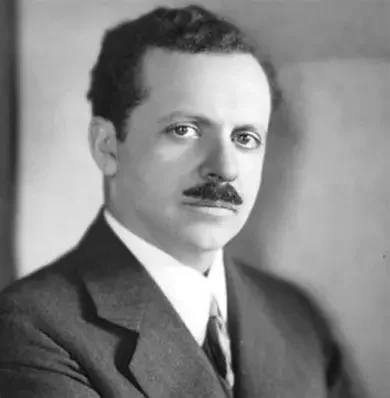History of Public Relations: Evolution, Innovations, and the State in 2025
PR is no longer the same as it used to be as a means of controlling the perception of people, but an elaborate industry with data-driven applications to control how the brands relate to their audiences. The history of PR dates to the early 20th century; It began with publicity stunts, yet now it is something much more professional. Some of the key figures, such as Ivy Lee and Edward Bernays, were significant. Ivy Lee, who began setting ethical standards, came up with the Declaration of Principles in 1906 which demanded transparency and correct information from the press. Edward Bernays had bought psychological principles in PR, which he referred to as the engineering of consent and employed techniques of propaganda in World War I and on corporate clients such as Lucky Strike cigarettes. PR became a real profession particularly after World War II, as the century advanced. The fact that trade associations, industry magazines and global PR firms had raised it meant that there was more organization in things. PR gained an important place in the United States in assisting companies' development and overcoming a crisis, they became thoughtful and less flashy, they included strategic communication. First, they would understand the audience, craft a message that aligns with the brands' values, choose the right channels, come up with the timing to increase impact, and lastly measure the results and adjust strategies if needed. Towards the end of the 1900s, television and significant world trends, such as the civil rights started to polish PR tactics and introduce the question of ethics and social aspects into them.
PR is no longer the same as it used to be as a means of controlling the perception of people, but an elaborate industry with data-driven applications to control how the brands relate to their audiences. The history of PR dates to the early 20th century; It began with publicity stunts, yet now it is something much more professional. Some of the key figures, such as Ivy Lee and Edward Bernays, were significant. Ivy Lee, who began setting ethical standards, came up with the Declaration of Principles in 1906 which demanded transparency and correct information from the press. Edward Bernays had bought psychological principles in PR, which he referred to as the engineering of consent and employed techniques of propaganda in World War I and on corporate clients such as Lucky Strike cigarettes. PR became a real profession particularly after World War II, as the century advanced. The fact that trade associations, industry magazines and global PR firms had raised it meant that there was more organization in things. PR gained an important place in the United States in assisting companies' development and overcoming a crisis, they became thoughtful and less flashy, they included strategic communication. First, they would understand the audience, craft a message that aligns with the brands' values, choose the right channels, come up with the timing to increase impact, and lastly measure the results and adjust strategies if needed. Towards the end of the 1900s, television and significant world trends, such as the civil rights started to polish PR tactics and introduce the question of ethics and social aspects into them.
A huge change happened in the COVID-19 pandemic (2020-2022). As ad budgets were cut and consumer distrust was at record levels. Brands turned to organic media coverage, employee promotion, and purpose-driven content to keep themselves visible. PR turned out to be the main driver of growth in most organizations, as it demonstrated its worth in times of crisis and uncertainty. Virtual press conferences, virtual newsrooms, and global press outreach without traveling were also normalized, as well, during remote work, between 2023 and 2024. The media monitoring population initially applied machine learning to scan through millions of online mentions in real-time to identify unfolding crisis or opportunity. Such tools as sentiment trackers and predictive analytics were used to anticipate how people would react to campaigns even before they were launched. Press release summarization and targeting of journalists became automated, making the small teams compete with the big agencies. It was the time of the shift to proactive and data-driven PR, which prepared the adoption of AI-native strategies in 2025. Collectively, these shifts made social media successful, trusted more influencers, earned-media sturdiness, and early AI unification turned PR into a supportive role to a strategic, technology-empowered business discipline that is extreme authenticity, swiftness, and quantifiable influence. They provided the necessary foundation of the customer specific, agile, and transparent PR practices that will define 2025.
By the year 2025, PR has completely adopted both a technological revolution and connectivity to the human senses in a single package, and this is where the evolution of PR comes in in terms of brands in terms of how they communicate, interact, and make trust with the people they are dealing with. The leader of this transformation is Artificial Intelligence (AI), which is not supporting anymore but one of the strategic engines. Predictive PR is also possible through AI-driven systems, which analyze social sentiment in real time, trends in the news cycle, and trends in audience behavior to predict crises before they get out of control, or a new narrative arises. The PR industry is growing amid challenges. The global market value is about $113 billion, and the projection for growth remains steady, with an accumulated annual growth rate estimated at about 6%. In the US, revenue increased at a CAGR of 5.6% to reach $24.6 billion.



